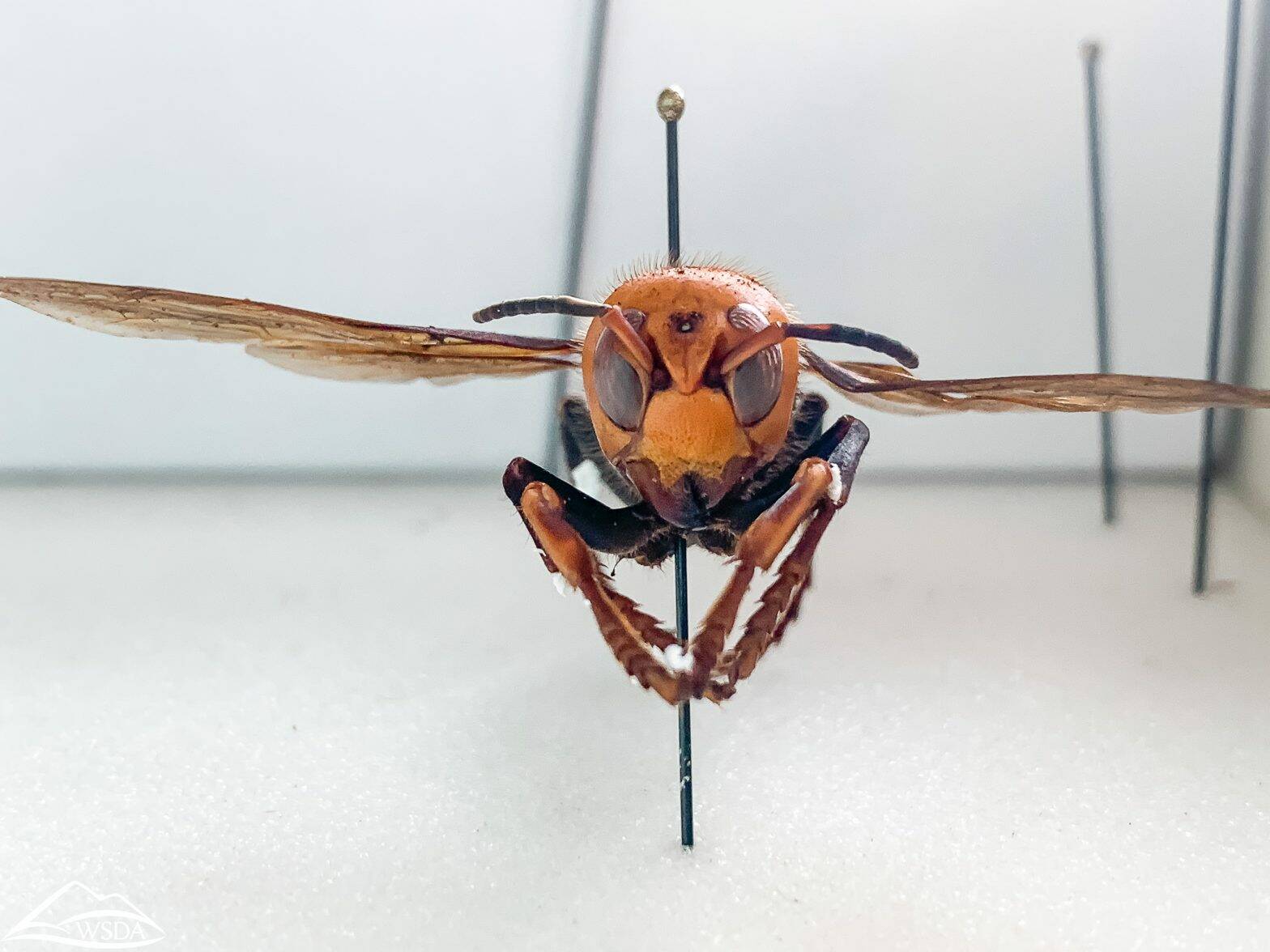Submitted by the State of Washington Recreation and Conservation Office
In partnership with the Washington Invasive Species Council, Gov. Jay Inslee has proclaimed Feb. 26 through Mar. 3 as Washington Invasive Species Awareness Week in solidarity with National Invasive Species Awareness Week.
“Invasive species and noxious weeds are already a big problem in Washington and species that have yet to reach our state could pose even greater challenges in the future,” said Gov. Jay Inslee. “If we want to protect our economy and environment, we all need to do our part to prevent the further spread of invasive species. There are simple things we can do in our everyday lives to protect the natural resources we hold so dear.”
Whether on land or in water, some human-introduced organisms such as fish, bugs, plants, other wildlife, and even diseases can damage agriculture, recreation, forests, and other resources. Invasive species are a global problem that has cost the United States more than $1.2 trillion in the past 50 years. A 2017 state study estimated that some species not yet in Washington, such as invasive freshwater mussels, would cost the state more than $100 million annually in damage and loss if they were not prevented.
“There is a lot at stake in Washington,” said Stephanie Helms, executive coordinator of the Washington Invasive Species Council. “Invasive species threaten the survival of endangered species such as salmon and orca. Some pose a risk to agriculture, trade, and food supplies, and some can change natural processes increasing wildfires and flooding and reducing water availability.”
The awareness week includes a series of webinars and events aimed at sharing information on priority invasive species, risks to the economy and environment, and ways to become part of the solution. Visit the Invasive Species Awareness Week web page for more information.
“The role of the public can’t be understated,” Helms said. “We have lots of examples where the public has discovered a new problem species. Many organizations work together to detect invasive species but they can’t be everywhere. Residents playing an active role in their communities to protect the resources we value is very important.”
The Washington Invasive Species Council has a mobile app, WA Invasives, and a website https://invasivespecies.wa.gov to help with reporting and response. Beyond awareness and reporting, below are simple actions people can take to protect public lands and natural areas from invasive species.
– Clean hiking boots, bikes, waders, boats, trailers, off-road vehicles and other gear before venturing outdoors to stop invasive species from hitching a ride to a new location. Learn about pathways that spread invasive species.
– On a walk, look out for noxious weeds. Visit the Washington State Noxious Weed Control Board’s website to learn about noxious weeds and report sightings to the county noxious weed control board.
– Dispose of unwanted pets, aquarium plants and water, science kits and live bait the proper way and NOT by dumping them into waterways. Released pets often suffer a slow death in winter or may become invasive and damage wildlife and crops. Visit the council’s Don’t Let It Loose web page to learn the proper ways to dispose of unwanted pets and plants.
– Download the WA Invasives mobile app to be ready to report sightings of invasive species. Learn about the top priorities.
– Buy firewood where it will be burned or gather it on site when permitted. Remember not to move firewood from the local area where harvested. Learn more about the potential dangers of moving firewood.
– Protect salmon and steelhead by not moving any fish from one waterbody into another. This will prevent the spread of fish diseases and protect salmon and steelhead from non-native predatory fish. Visit the Washington Department of Fish and Wildlife’s website to learn more about moving fish.
– Use weed-free, certified forage, hay or mulch. Visit the Washington Department of Agriculture website to see details of its certification program.
– Plant only non-invasive plants in the garden and remove any known invasive plants.
– Volunteer to survey public lands and trails as a citizen science invasive plant monitor with the Pacific Northwest Invasive Plant Council. Learn more by visiting the council’s volunteer web page.
– Become a Washington State University Master Gardener and help the community identify, report and properly manage exotic and invasive pests.
– Volunteer to help remove invasive species from public lands and natural areas. Contact the state, county or city parks and recreation department, land trust, conservation district, or Washington State University’s Extension Office to learn more.
– Don’t pack a pest. When traveling internationally, review travel guidelines on items that should not be brought back to the United States. Learn more about Don’t Pack a Pest.
– Shellfish are at risk from infectious diseases and invasive species. Never move shells or shellfish without a permit from the Washington Department of Fish and Wildlife.
“Washington is a wonderful place to call home due to clean water and productive land, abundant natural resources, diverse agricultural commodities, booming domestic and international trade, and ample opportunities to recreate on the land and water,” Helms said. “Invasive species threaten much of what Washington embodies and values. Please take a few minutes to learn about this important topic and integrate simple preventative actions into your daily activities. By working together, we can help prevent this shared problem.”



